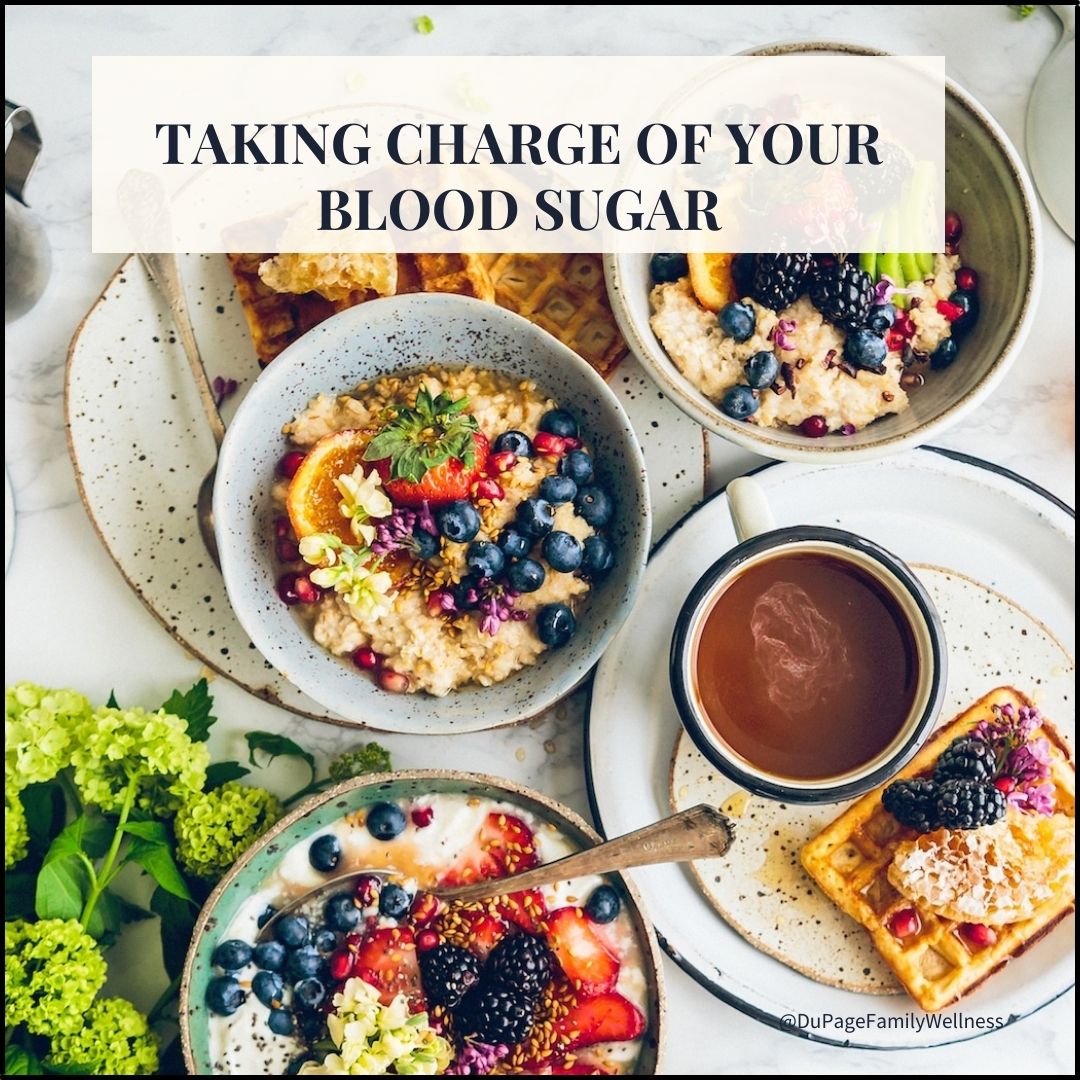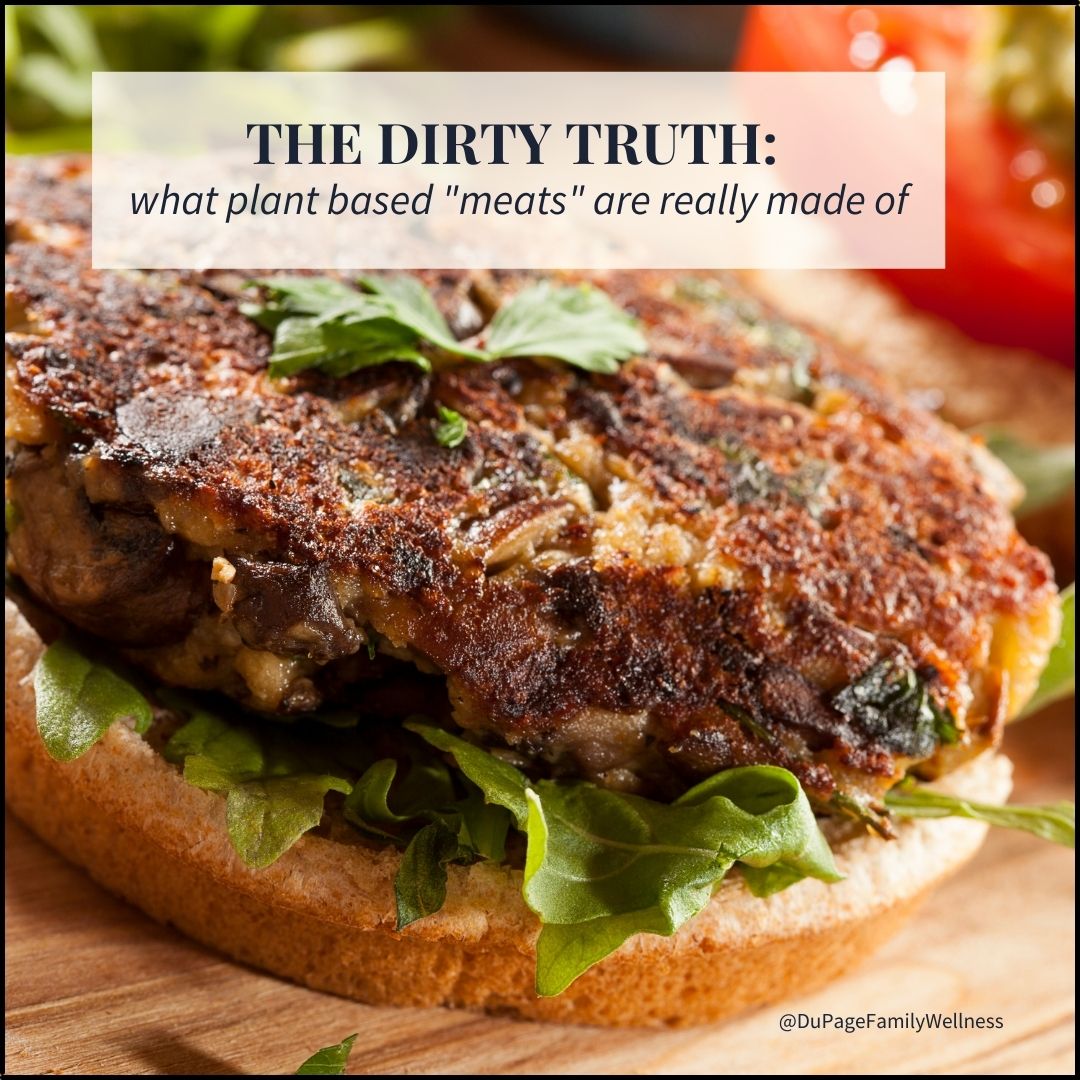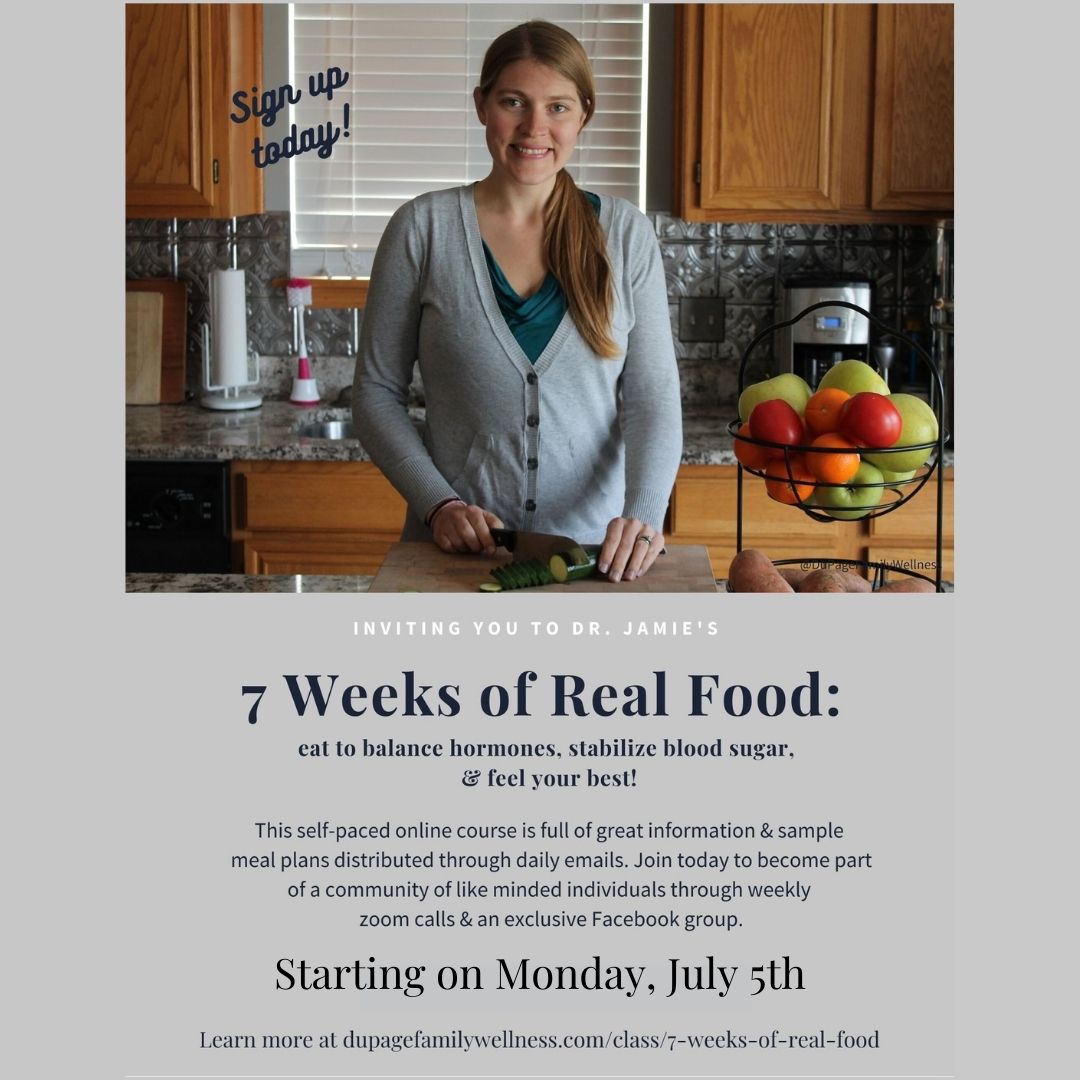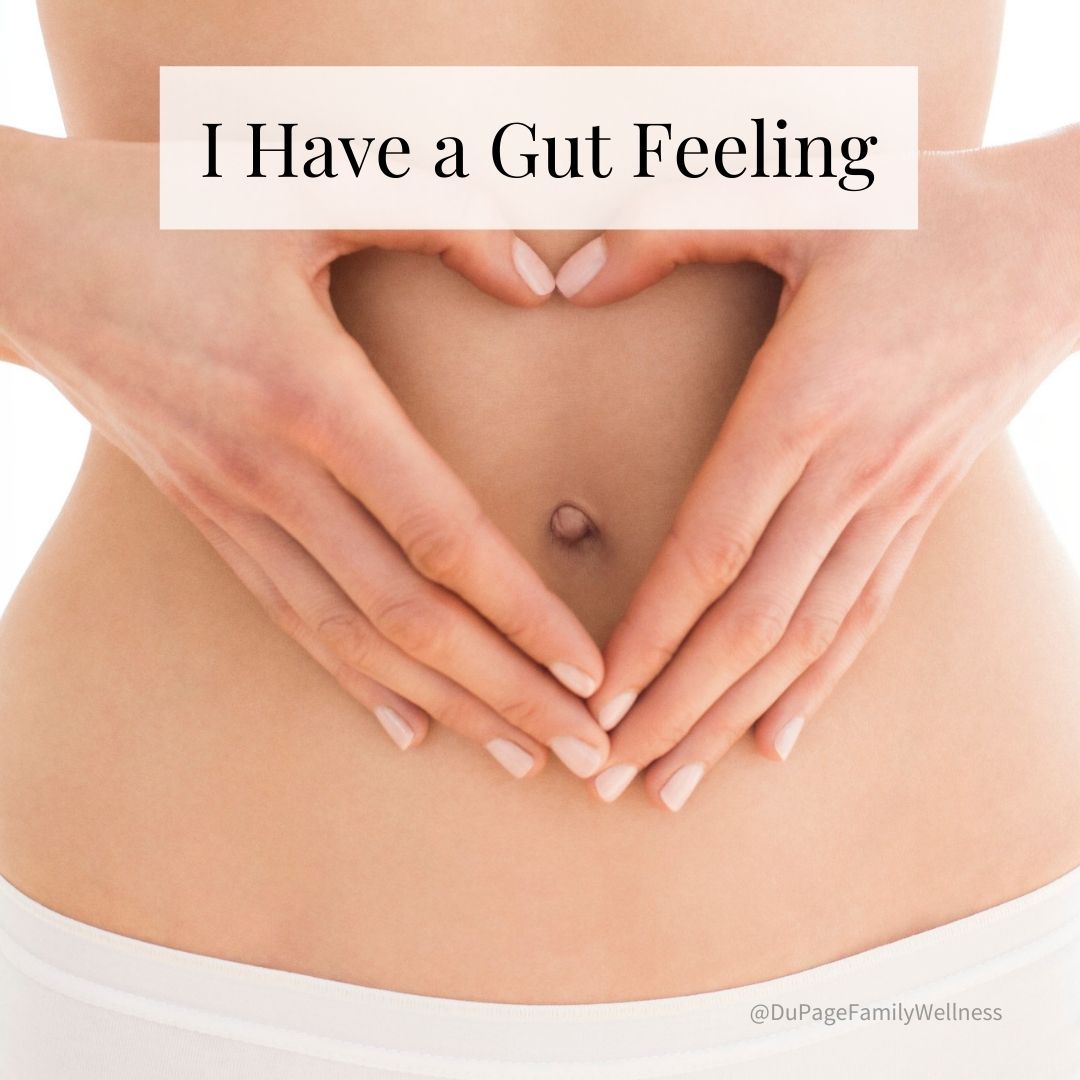 Getting a good breakfast is a struggle for most people, but when you take a look at the research you will find just how important that first meal is. A solid breakfast will set you up for steady blood sugar and set you up to make good choices throughout the day!
Getting a good breakfast is a struggle for most people, but when you take a look at the research you will find just how important that first meal is. A solid breakfast will set you up for steady blood sugar and set you up to make good choices throughout the day!
Let’s take a quick look at the research and then talk about what you should be eating for breakfast and why.
A Bigger Breakfast
A research study divided women into 2 groups. Both groups were on a reduced calorie diet of about 1400 calories. The first group had 700 calories at breakfast, 500 at lunch, and 200 at dinner. The second ate 200 at breakfast, 500 at lunch, and 700 calorie at dinner time.
The Big Breakfast Group
- Had greater reductions in fasting glucose
- Had greater reductions in fasting insulin
- Lost more weight
- Lost more inches at waist
- Greater decreases in triglycerides
- Had lower hunger scores
- Had higher satiety scores
This study was on overweight and obese women, but other research shows similar benefits.
Big Breakfast for Women with PCOS
Another study found that lean women with Polycystic Ovary Syndrome (PCOS) benefited from a high-calorie breakfast as well.
In lean women with PCOS, a high caloric intake at breakfast with reduced intake at dinner results in improved insulin sensitivity and reduced cytochrome P450c17α activity, which ameliorates hyperandrogenism (acne, hair growth in a male pattern, hair loss on the head) and improves ovulation rate.
These findings indicate that meal timing and distribution should be considered as a therapeutic option for women with PCOS.
What to eat for Breakfast
When preparing your big breakfast, it is really important to focus on protein, fat, fiber, and minimal (if any) carbs. This last part about the carbs, is especially important if you have PCOS, insulin resistance, or type 2 diabetes. An ideal breakfast will have about 25-30 grams of protein or a serving about the size of the palm of your hand. It will also have one serving of fat about the size of your thumb. The fiber would be your veggies! I am a big fan of getting a variety of vegetables in throughout the day starting at breakfast! If you do want some carbs, feel free to have some berries or non-starchy vegetables. (If you don't have a blood sugar issue, eating some starchy veggies or grains along with your protein and fat can work).
Read more ...
 Everyone wants to be healthy, but there is so much conflicting information about how to achieve true health. We know that eating well is a huge part, but what exactly does it mean to eat healthily?
Everyone wants to be healthy, but there is so much conflicting information about how to achieve true health. We know that eating well is a huge part, but what exactly does it mean to eat healthily?
Many people claim that vegetarian or vegan diets are the way to go. But is giving up meat really the healthiest way to live? While everyone’s body is different, there are some general things to consider when evaluating these diets.
Let’s take a look to consider the concerns and see if they truly are all they claim to be.
The Basics
Let’s first define what we mean by a vegetarian or vegan diet. Most people know that being vegetarian means that you don’t eat meat, while vegans don’t eat any animal products at all (no honey, eggs, milk, cheese, etc.).
It is important to note that not all vegetarian/vegan foods are healthy. Just think about soft drinks, Oreos, potato chips, and candy. Many of them are free from animal products, but would not be considered healthy.
Meat Alternatives
Since vegan and vegetarians don’t eat meat, there is a big market for meat alternatives. In fact, in 2018 alone the plant-based industry brought in $3.3 billion. That’s a lot of money!
You can find just about any plant-based meat alternatives (chicken strips, hamburgers, bacon, breakfast sausage, etc.). But are these “meats'' really healthy alternatives? Well, unfortunately, these products contain a lot of questionable ingredients. This is why is it so important to always read your ingredient labels to make sure that most of what you are putting into your body are simple, real food ingredients.
Read more ...
 In this 7 week ONLINE program, formerly known as nutrition bootcamp, I will teach you how to EAT REAL FOOD for REAL CHANGES.
In this 7 week ONLINE program, formerly known as nutrition bootcamp, I will teach you how to EAT REAL FOOD for REAL CHANGES.
You will learn WHICH changes to make, HOW to make them, and WHY they are important for your health! In 7 weeks you will develop the tools and strategies necessary to prepare healthy food for a lifetime!
This program will replace all the fad diets you have tried and failed, giving you a new way of looking at food as fuel for your body.
If you're in, reply to this email “I’m Ready" and we can chat to make sure this method is right for you!
Dr. Jamie
 The way you eat makes a huge impact on how you feel. But with so many diet trends available, it can be really hard to decipher what is truly healthy!
The way you eat makes a huge impact on how you feel. But with so many diet trends available, it can be really hard to decipher what is truly healthy!
Should you limit your carbs focusing on fats and protein? Or does fat cause you to gain fat, so you should focus on eating low fat foods?
Let's explore what a healthy way of eating looks like and take away the confusion!
Our Ancestors
If you’ve been around me awhile, you know how much I refer to our ancestors to decide what a natural way of living looks like. Let’s think about their diets as a guide for ours.
Long ago our ancestors lived off the land. The foods they ate were whole foods - grown or caught in the wild. Everything was natural with no sprays or pesticides.
At the same time, food could be scarce and difficult to get. They had to work the land - growing, harvesting, or hunting each serving of food.
Our Food Supply Today
In contrast the Standard American Diet (SAD) is highly processed and composed of foods made in a factory. Some of the ingredients are even genetically modified. This type of diet is far from natural.
Read more ...
 We all know that what we eat can affect how we feel physically, but did you know that it also plays an important role in how we feel emotionally?
We all know that what we eat can affect how we feel physically, but did you know that it also plays an important role in how we feel emotionally?
Most people don’t realize how intricately the gut and brain are connected. But the processes in the gut directly impact the brain’s function and may have an impact on your emotional health.
Dr. David Perlmutter, brain specialist and a well known author, states that “we no longer can segregate the brain on one hand and the gut on the other hand” calling the gut brain connection a “profoundly intimate relationship.”
Let’s take a look at this connection and see if healing the gut could improve your mood.
The Gut-Brain Axis
The brain and gut are connected, physically and biochemically, through a communication network called the gut-brain axis.
The Vagus nerve is one of the biggest physical connections between the brain and gut. It communicates both from the brain to the gut - and from the gut to the brain. Neurotransmitters also connect the brain and gut in a biochemical way.
The connection between the gut and emotions has been overlooked in many ways, but is backed by a growing body of research.
Read more ...
 Are you rushed in the morning? Is it hard to get out the door, let alone have a decent breakfast? It’s a struggle for many people, but when you take a look at the research you will find just how important that first meal is.
Are you rushed in the morning? Is it hard to get out the door, let alone have a decent breakfast? It’s a struggle for many people, but when you take a look at the research you will find just how important that first meal is.
Let’s take a quick look at the research and then talk about what you should be eating for breakfast and why.
A Bigger Breakfast
A study from 2013 looked at the difference between those eating a high caloric breakfast vs. those eating a high caloric dinner.
Researchers split the women into 2 groups. Both groups were on a reduced calorie diet of about 1400 calories. The first group had 700 calories at breakfast, 500 at lunch, and 200 at dinner. The second ate 200 at breakfast, 500 at lunch, and 700 calorie at dinner time.
The Big Breakfast Group
- Lost more weight
- Lost more inches at waist
- Had greater reductions in fasting glucose
- Had greater reductions in fasting insulin
- Greater decreases in triglycerides
- Had lower hunger scores and higher satiety scores
This study was on overweight and obese women.... BUT... another study had similar findings of better blood sugar and insulin control in lean women with PCOS. Effects of caloric intake timing on insulin resistance and hyperandrogenism in lean women with polycystic ovary syndrome - PubMed (nih.gov)
Read more ...
 Getting a good breakfast is a struggle for most people, but when you take a look at the research you will find just how important that first meal is. A solid breakfast will set you up for steady blood sugar and set you up to make good choices throughout the day!
Getting a good breakfast is a struggle for most people, but when you take a look at the research you will find just how important that first meal is. A solid breakfast will set you up for steady blood sugar and set you up to make good choices throughout the day!

 Everyone wants to be healthy, but there is so much conflicting information about how to achieve true health. We know that eating well is a huge part, but what exactly does it mean to eat healthily?
Everyone wants to be healthy, but there is so much conflicting information about how to achieve true health. We know that eating well is a huge part, but what exactly does it mean to eat healthily? In this 7 week ONLINE program, formerly known as nutrition bootcamp, I will teach you how to EAT REAL FOOD for REAL CHANGES.
In this 7 week ONLINE program, formerly known as nutrition bootcamp, I will teach you how to EAT REAL FOOD for REAL CHANGES. The way you eat makes a huge impact on how you feel. But with so many diet trends available, it can be really hard to decipher what is truly healthy!
The way you eat makes a huge impact on how you feel. But with so many diet trends available, it can be really hard to decipher what is truly healthy! We all know that what we eat can affect how we feel physically, but did you know that it also plays an important role in how we feel emotionally?
We all know that what we eat can affect how we feel physically, but did you know that it also plays an important role in how we feel emotionally? Are you rushed in the morning? Is it hard to get out the door, let alone have a decent breakfast? It’s a struggle for many people, but when you take a look at the research you will find just how important that first meal is.
Are you rushed in the morning? Is it hard to get out the door, let alone have a decent breakfast? It’s a struggle for many people, but when you take a look at the research you will find just how important that first meal is.